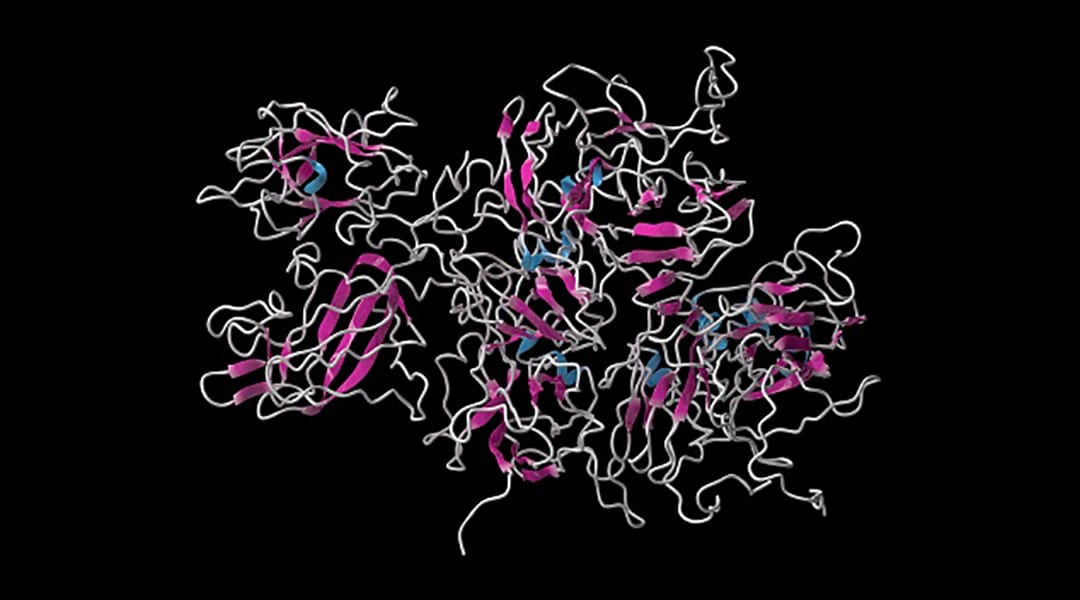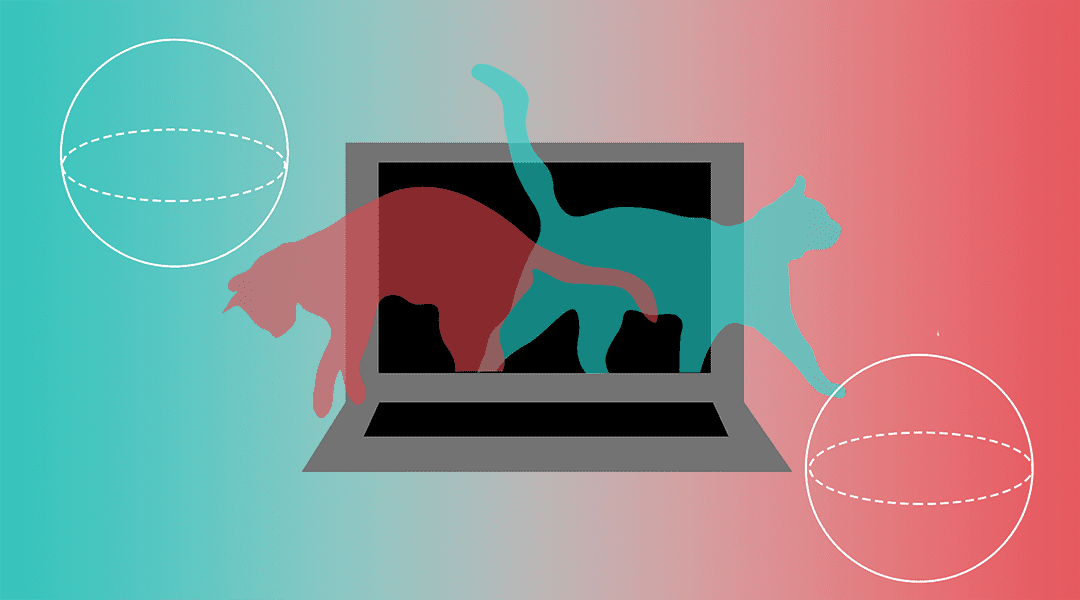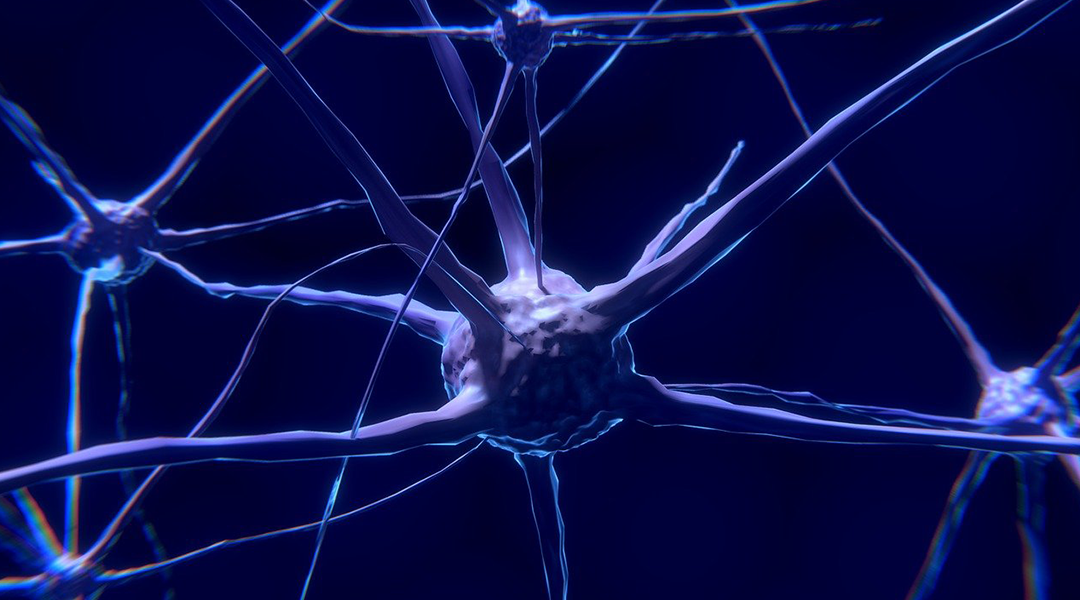A gelatin-based hydrogel allows researchers to create a flexible, remote controlled robot capable of squeezing through tight spaces.


A gelatin-based hydrogel allows researchers to create a flexible, remote controlled robot capable of squeezing through tight spaces.

A new light-sensitive polymer resin gives researchers more control over 3D-printed objects.

Using their deep-learning program, AlphaFold, researchers predict the 3D structure of proteins using only their linear amino acid sequence, revolutionizing computational biology as we know it.

Computers relying on subatomic physics: what are quantum computers, and how will they revolutionize our computing abilities?

A new study finds diamonds can actually form at room temperature, under the right pressure.

The FRESH-technique for 3D printing heart models could be a game changer for budding surgeons.

By mixing sugar and magnetic particles, researchers create biodegradable “CANDYBOTS” with potential applications in drug delivery and ingestible devices.

Minimizing the variability between individual artificial synapses is a key step toward rolling them out for practical applications.

Researchers in Australia take inspiration from nature to create a soft-robotic gripper that moves away from the conventional hand-like design.

Scientists develop a simple method that mimics plant motion to get paper to fold itself after printing.